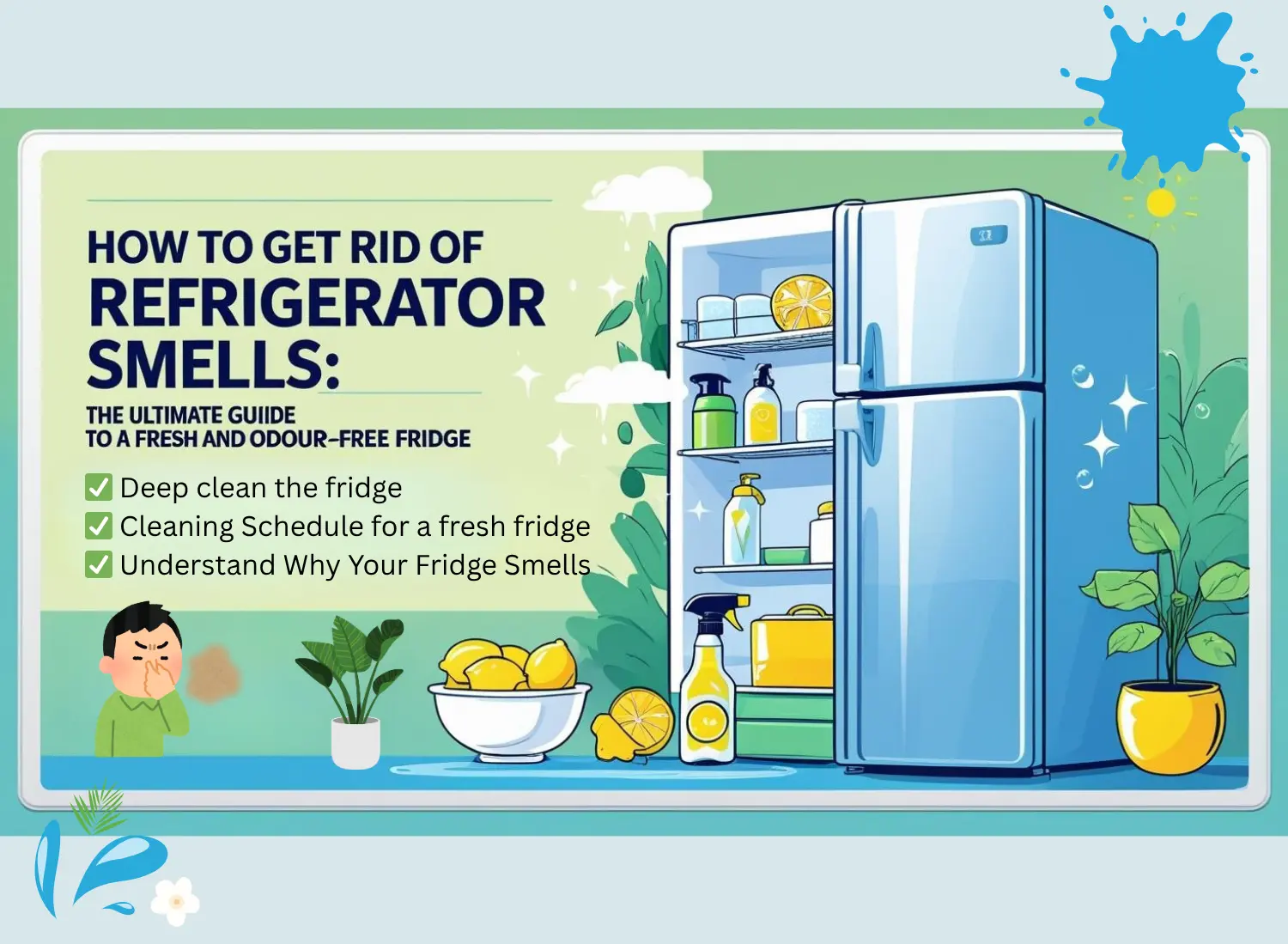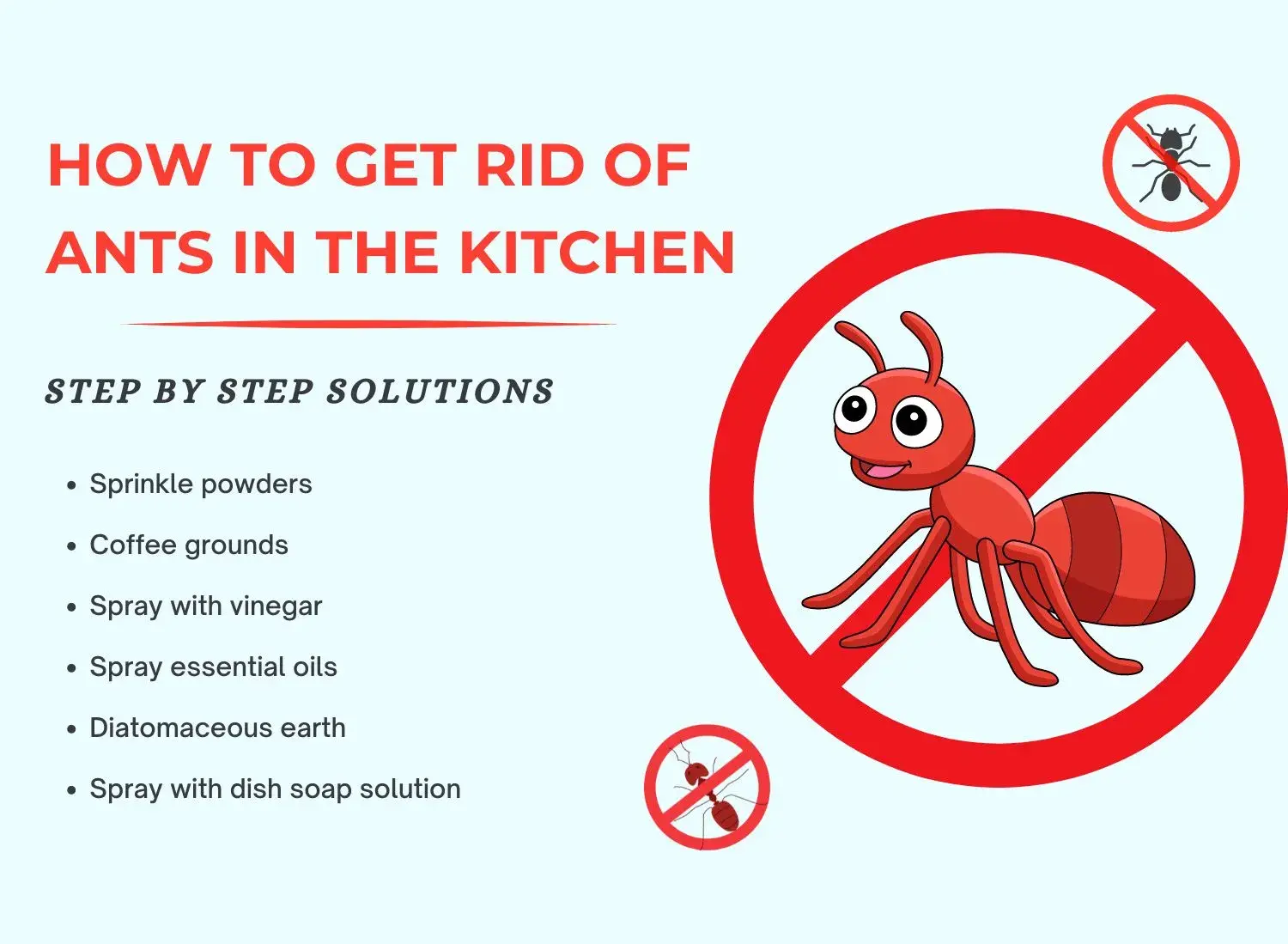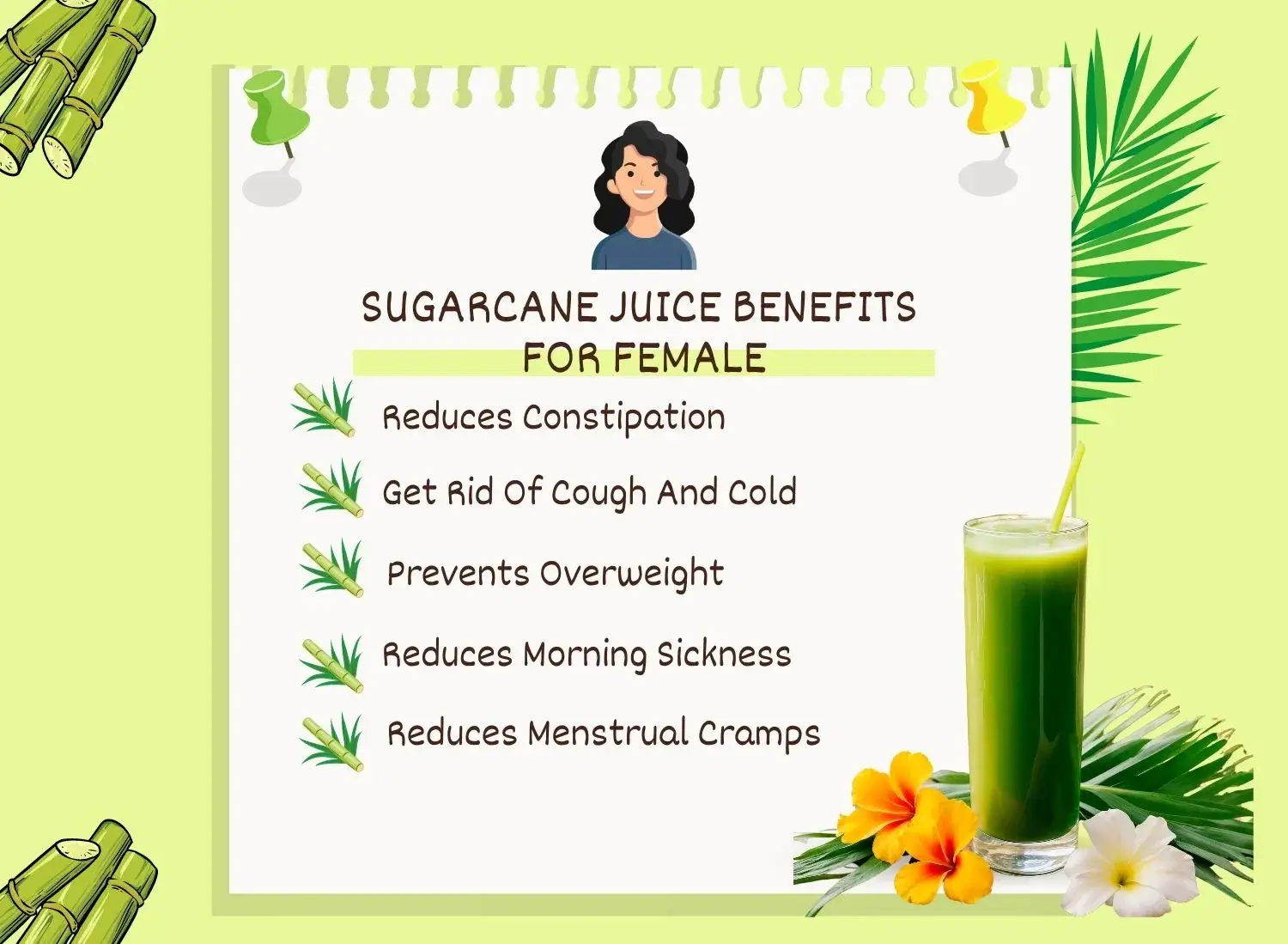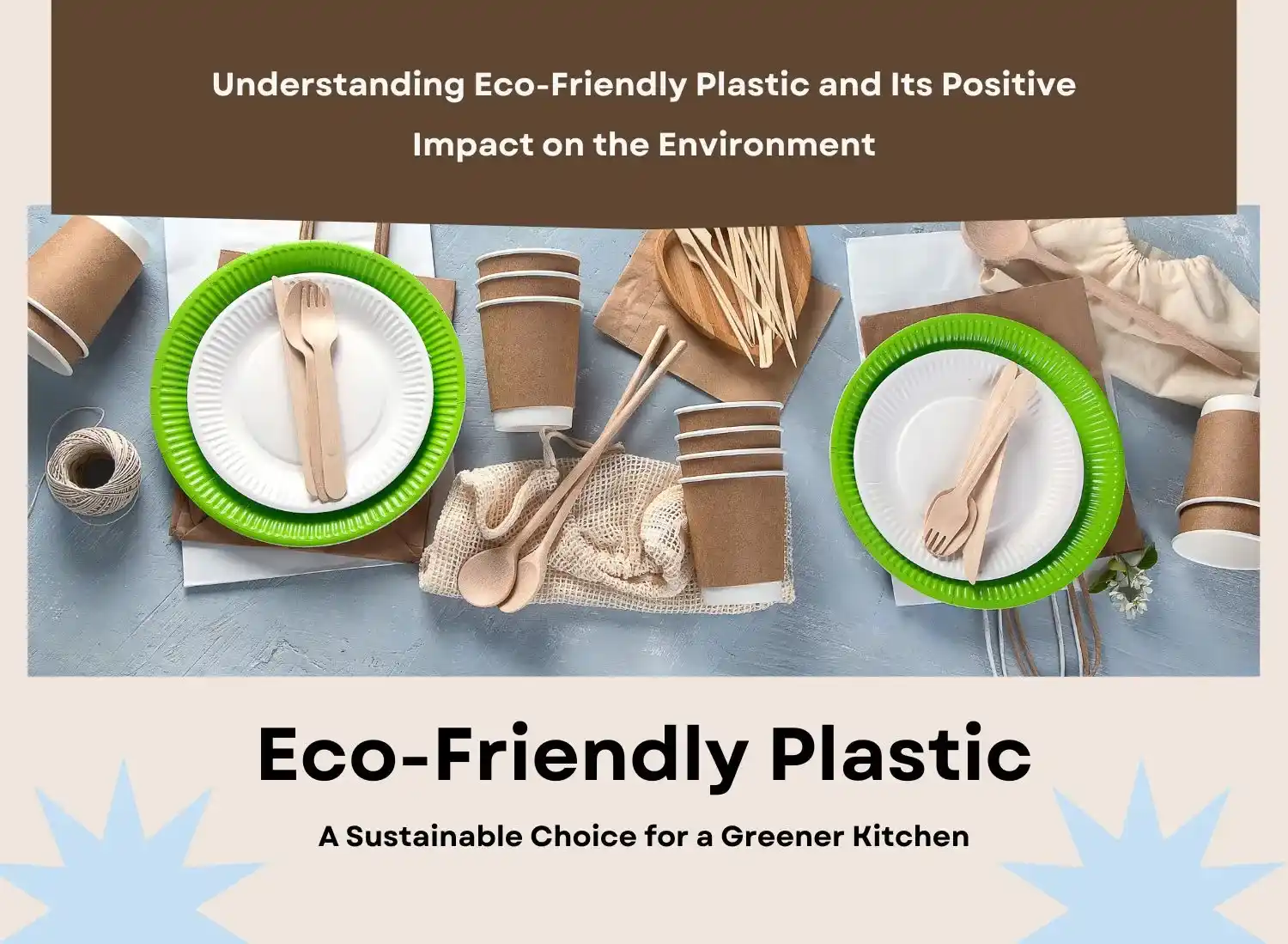With the rise of plastic usage, plastic waste is everywhere, from oceans to mountains, to beaches, and cities. Reports suggest that approximately 8 million tons of plastic reach the ocean every year, creating a threat to the environment.
Moreover, plastic waste is a major problem in the environment as it is a non-biodegradable material that accumulates in our environment and becomes a threat to our ecosystem. However, the effect of plastic pollution on the ecosystem is alarming and needs quick action to prevent this.
Understanding Eco Friendly Plastic and Its Positive Impact on the Environment
In addition, the kitchen is a major source of plastic waste in the home and if we need to prevent plastic usage from ground level, starting from our kitchen is the first step. Thus, the introduction of eco friendly plastics in the kitchen creates a significant impact on the environment.
The use of eco friendly plastic is an easy, easygoing material for our environment and fulfills the need for plastics, thus it is becoming an emerging trend. In this blog, we will learn about eco friendly plastics and the environmental & economic benefits of switching to eco friendly plastics in the kitchen.
What Are Eco Friendly Plastics and Their Types?
Eco friendly plastics are engineered polymer groups that can be broken down or recycled in a cycle. Moreover, these are environmentally friendly alternatives to plastics that are derived from renewable resources and are biodegradable. The introduction of eco friendly plastics aims to reduce the impact of plastic usage and disposal on the environment.
Eco-friendly plastics are available in different forms which are completely or partially recycled from traditional plastics. In addition, the different types of eco friendly plastics are:
Bio Plastics
Bioplastics are from the polymer family that is made from renewable resources and undergoes natural decomposition. Moreover, bioplastics are plant-based plastics that degrade in landfills in less time, and even in compost bins. Different types of bioplastics include:
- Notpla, which is an innovative new material made from seaweed
- Starch-based material i.e. often from potatoes or corn
- Polyhydroxyalkanoate (PHA)
- Polylactic acid (PLA)
In addition, the polylactic acid (PLA), which is mainly derived from corn starch, is tremendously trending and is accepted by the manufacturers. The energy consumed to manufacture these eco-friendly plastics is only one-third of that used in conventional plastics. And, it emits 70% less greenhouse gas than traditional plastics during the degradation process in landfills.
Biodegradable Plastics
Biodegradable plastics are types of eco-friendly plastics that are partially or completely made from non-renewable resources. Moreover, it contains chemical additives enabling them to degrade and decompose in the presence of light and oxygen.
However, biodegradable plastics are made from petroleum products and so, they do not break down into completely harmless products. Even if they are not like bioplastics, biodegradable plastics are far better and eco-friendly than conventional plastics.
Recycled Plastics
Recycled plastics are the type of eco-friendly plastics that are made from varying percentages of petroleum-based plastics. Recycled plastics take more time to degrade and decompose than other eco-friendly plastics.
Application of Eco-Friendly Plastics in the Kitchen
Eco-friendly plastics such as bioplastics have various uses in the kitchen sector, whether it’s commercial or domestic. Moreover, the development of eco-friendly plastics in the kitchen is a significant blessing for the environment as the dangers of plastic use are causing serious impacts on the ecosystem. In addition, the application of eco-friendly plastics in the kitchen includes:
- Packaging or bags: If you are running a commercial kitchen or home kitchen, packaging the food products is important. However, earlier, plastics were used in packaging or carrying the products causing plastic pollution. But now, there are bioplastic packaging, bioplastic bags, biodegradable compost bags, and more.
- Tableware
- Bottles
- Kitchenware
- Disposable cutlery: Biodegradable plastics are used to make storage utensils, biodegradable cups, glasses, bioplastic bottles, hangers, shelves, and others.
How Are Eco-Friendly Plastics Better Than Conventional Plastics?
Conventional plastics and eco-friendly plastics are made from different materials. Moreover, eco-friendly plastics are better than conventional plastics:
- Conventional plastics are long chains of polymers that are difficult to degrade or take years to break down, whereas eco-friendly plastics are small polymer molecules that can easily degrade and sometimes chemicals are added to degrade them quickly.
- Eco-friendly plastics are less toxic as compared to conventional plastics. Conventional plastics contain bisphenol A (BPA), which disrupts hormones in the human body, causing toxicity.
- Conventional plastics emit more greenhouse gases while degrading, whereas eco-friendly plastics reduce the emission of greenhouse gases by 25%.
What Are the Environmental Benefits of Using Eco-Friendly Plastics?
Plastics are very commonly used, especially single-use plastics, which are creating a heavy impact on our environment. So, there is a need to introduce sustainable eco-friendly plastics that can minimize the risk of plastic use. Moreover, these eco-friendly plastics are biodegradable and don’t leave harmful residues. There are multiple environmental benefits to introducing eco-friendly plastics. It includes:
Conserve natural resources
Eco-friendly plastics conserve natural resources as they utilize renewable materials or recycled plastics. In addition, as it conserves natural resources, the demand for fossil fuels minimizes along with the extraction of new raw materials. Thus, enhancing the sustainable production process.
Reduce carbon footprint
As eco-friendly plastics are developed very efficiently without fossil fuels, they have less carbon footprint than traditional plastics. Moreover, using renewable resources and a clean manufacturing process, eco-friendly plastics while degrading cause less carbon dioxide emissions and reduce climate change. Thus, it’s very essential to control the global warming issue in the world.
Reduces waste
Unlike conventional plastics, eco-friendly plastics take very little time to degrade and decompose. Thus, it reduces the waste amount in landfills. With eco-friendly plastics, it’s easy to manage kitchen waste either on a large or small scale. For instance, the landfill space in the United States is now reducing with the use of eco-friendly plastics.
Less harmful to humans and animals
Unlike conventional plastics, eco-friendly plastics don’t have toxins like BPA and PVC, and use natural ingredients or very less harmful chemicals, reducing health issues in humans and animals.
What Are the Economic Benefits of Using Eco-Friendly Plastics?
Using eco-friendly plastics not only saves the environment but also has economic benefits for the country, contributing to a sustainable environment. In addition, the economic benefits of using eco-friendly plastics are:
Saves money
Developing eco-friendly plastics requires less material and the production process is efficient, thus the cost of manufacturing is reduced, saving money. Moreover, these plastics easily decompose, thus saving the money needed for waste management.
Enhance market demand
As the use of eco-friendly plastics is now trending, and consumers are becoming more aware of their environment, the market demand is increasing, creating an advantageous impact on business.
Enhance brand reputation
Moving towards eco-friendly plastics and making yourself an environmentally responsible brand becomes popular among the customers and gains their trust, building their brand reputation even stronger.
Practical Implementation of Eco-Friendly Plastics in the Kitchen
The kitchen is a place where millions of plastics are used and thrown every day, contributing to the major crisis caused by plastic pollution. Moreover, relying on disposable single-use plastics in the kitchen has caused several environmental consequences.
However, implementing sustainable and eco-friendly plastics in kitchen use can help to break the plastic pollution chain and lead the future toward a plastic-free lifestyle. In addition, there are a few practical implementations of eco-friendly alternatives in the kitchen that promote kitchen sustainability.
Reusable water bottle
Using single-use plastic bottles largely causes plastic pollution on an everyday basis. Moreover, implementing reusable bottles in your kitchen instead of disposable plastic bottles creates a great impact in reducing plastic usage. Thus, use stainless steel or glass material in your kitchen.
Food containers
To make your kitchen plastic-free, rely on using food containers made from durable materials such as stainless steel or BPA and PVC-free plastic. Thus, it will help to keep your food fresh for a longer duration and reduce plastic usage.
Eco-friendly utensils
Using plastic utensils not only has harmful effects on the environment but also costs you much. So, choose eco-friendly plastic or other eco-friendly sustainable material utensils. These are more reliable, durable, and reusable.
Cutting board
Choose a cutting board that is made from eco-friendly material like bamboo, cork, or other. Moreover, you can use cutting boards made from eco-friendly plastics that are not only sustainable but also safe choices for your kitchen.
Tableware
Disposable plastic plates, cups, and spoons are injurious to your environment, thus opt for tableware made from bamboo, porcelain, stainless steel, or eco-friendly plastics that are durable as well as healthy for the ecosystem.
Conclusion
Millions of plastics are used and discarded daily, causing harmful effects on land, water, and air. Moreover, looking at the major impact of plastic pollution on the environment, many advancements have been introduced. One such advancement is the introduction of eco-friendly plastics instead of using disposable single-use plastics. Using eco-friendly plastics helps to conserve natural resources and reduces greenhouse gas emissions.
In addition, plastic waste from the kitchen contributes majorly to plastic pollution. Thus, opting for eco-friendly plastics in the kitchen and making your kitchen plastic-free is the way you can create an impact on society and the environment. Creating an eco-friendly kitchen not only includes plastic-free products but also involves the implementation of sustainable habits.










